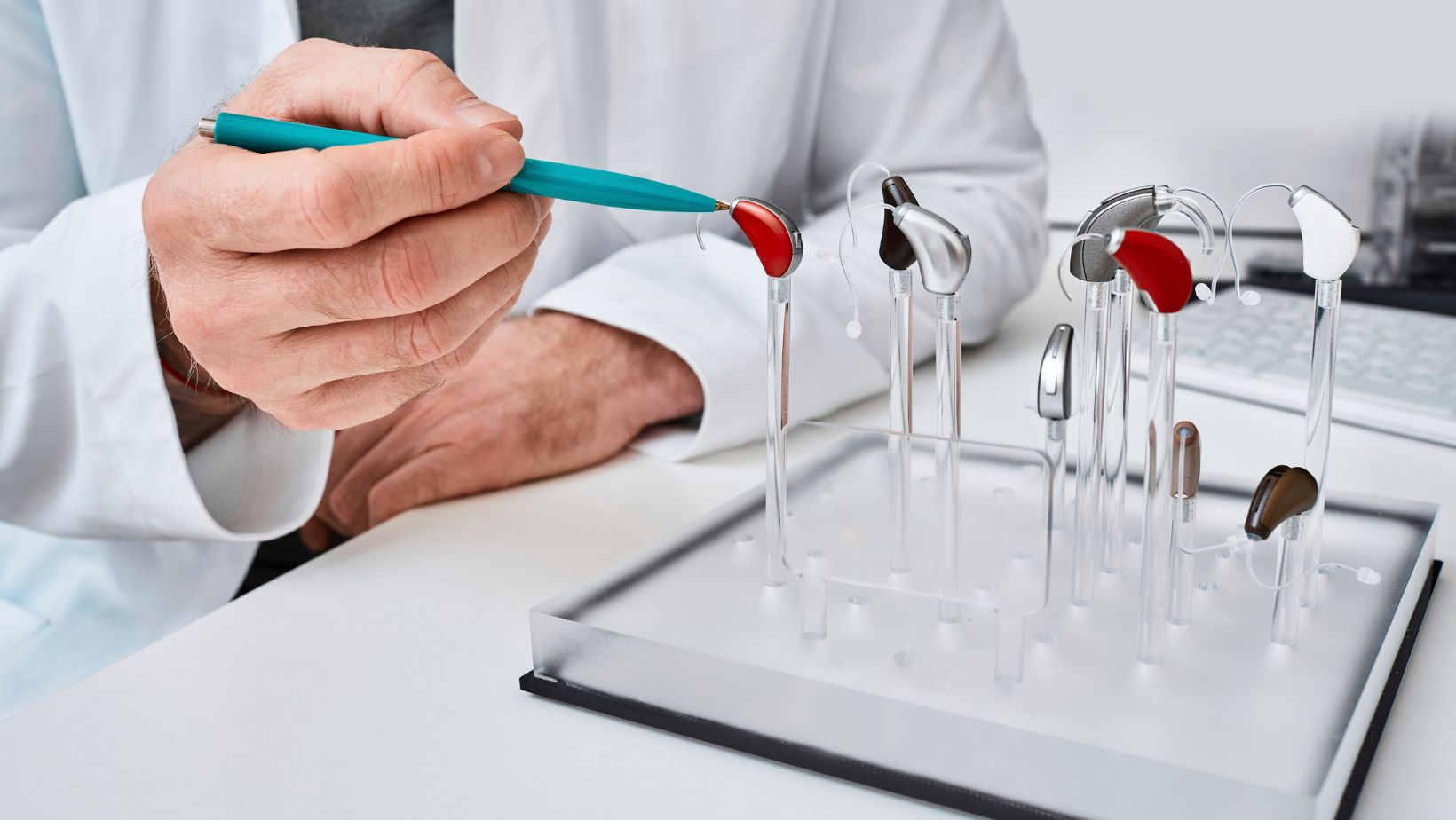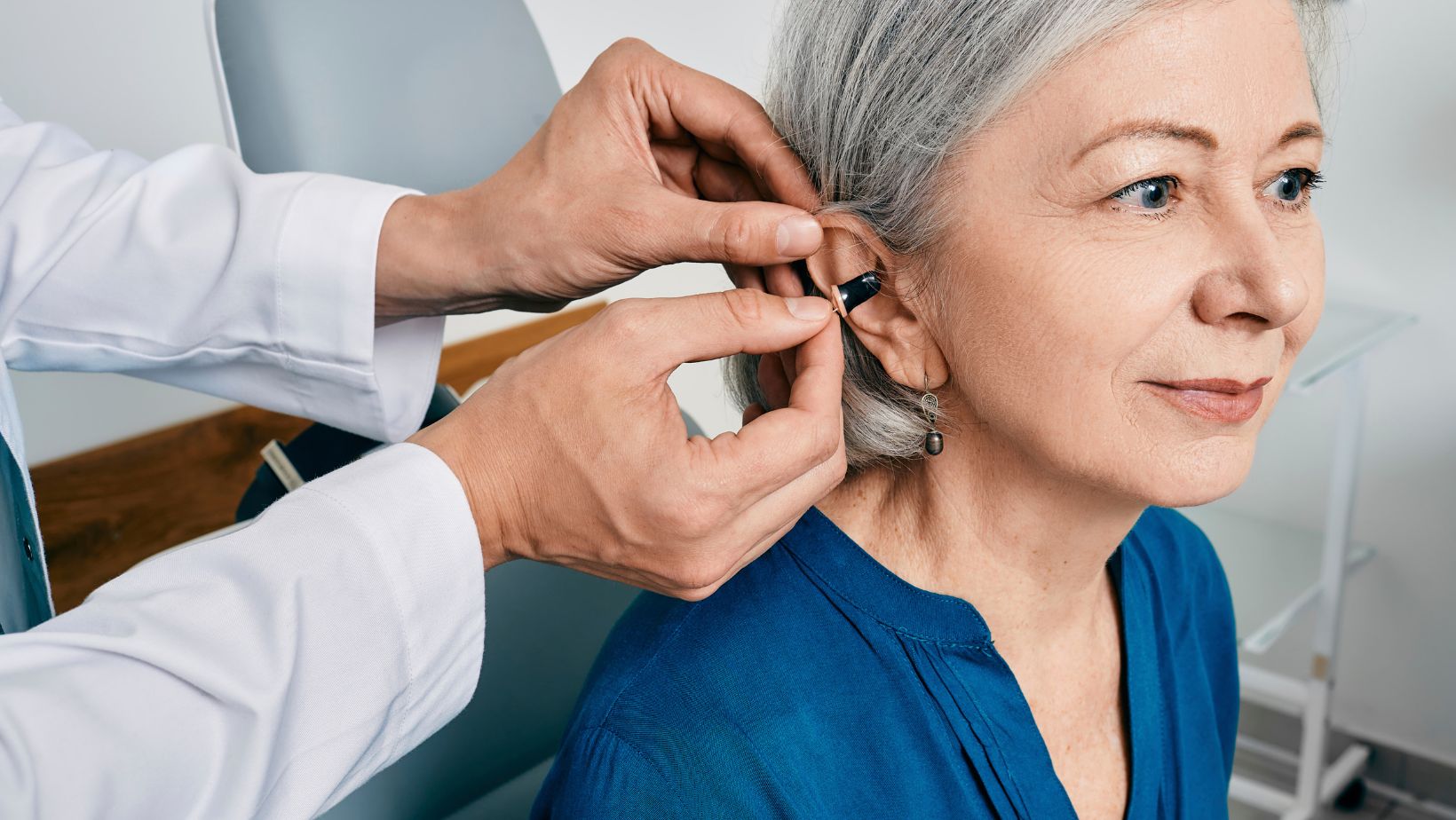
Hearing aids can significantly improve the quality of life for those with hearing loss.
Unfortunately, these devices can also be quite costly, often making individuals hesitant to invest. However, with the right knowledge and strategies, it’s possible to find quality hearing aids without breaking the bank.
Understand the Different Types of Hearing Aids
A. Behind-the-Ear (BTE):
This is the most common type of hearing aid, where the main component sits behind the ear, and a tube connects it to an earmold inside the ear. They’re versatile and suitable for most types of hearing loss. Because of their external position, they’re often more durable and less susceptible to damage from earwax or moisture, potentially saving on future repair costs.
B. In-the-Ear (ITE):
These devices are custom-made to fit within the outer ear. They’re less visible than BTE aids but may not offer the same amplification power. Additionally, ITE aids often appeal to those looking for a discreet hearing solution. They’re designed specifically for the wearer’s ear, which can offer a comfortable fit, reducing the likelihood of needing adjustments or modifications.
Prioritize Essential Features
A. Directional Microphones:
A majority of hearing aids today have directional microphones, which prioritize sounds coming from in front of the user, making it easier to focus in noisy environments. This feature is particularly valuable in social settings, allowing users to participate in conversations more actively and reducing the strain of trying to distinguish speech from background noise.
B. Feedback Suppression:
This feature prevents the annoying whistling sound that can sometimes occur with hearing aids. Feedback suppression not only improves the listening experience but also reduces the embarrassment or discomfort that can arise in public settings when feedback occurs.
Purchase from Reputable Sources, But Shop Around
A. Licensed Audiologists:
Buying directly from an audiologist ensures you’re getting a device tailored to your needs, and it often includes aftercare.

The added benefit of purchasing from an audiologist is their expertise. They can make real-time adjustments and provide tips for optimal usage, potentially reducing future visits or adjustments.
B. Online Retailers:
There are trustworthy online retailers that offer hearing aids at a discount. Ensure they have proper certifications and positive customer feedbacks. Given the digital age, online platforms can offer competitive pricing due to reduced overhead costs. However, it’s essential to be diligent in verifying the credibility of online sources.
For a comprehensive guide on the best and most affordable hearing aids in the market, check out this detailed article.
Consider Refurbished or Pre-owned Devices
A. Certified Refurbished:
Some manufacturers and retailers offer certified refurbished hearing aids. These have been tested, repaired if necessary, and come with a warranty. Certified refurbished aids can be as reliable as new ones. They undergo rigorous testing to ensure they meet the manufacturer’s standards, offering peace of mind at a reduced cost.
B. Pre-owned Devices:
While riskier, some individuals sell their lightly used hearing aids. Always ensure they’re properly sanitized and, if possible, have them checked by an audiologist. Purchasing pre-owned devices from someone you trust or a verified seller can offer significant savings. However, always prioritize health and safety by sanitizing them thoroughly.
Explore Financial Assistance and Insurance Options
A. Insurance Coverage:
While not all insurance plans cover hearing aids, some do. Review your policy, and if they’re not covered, consider supplemental insurance.

Many people overlook their insurance benefits. By conducting thorough research or consulting with your insurance provider, you might discover coverage options you weren’t aware of.
B. Non-profit Organizations:
There are organizations like the Lion’s Club or the Hearing Loss Association of America that may provide assistance or refurbished devices at a lower cost. These organizations aim to enhance the quality of life for those with hearing loss. Tapping into such resources can lead to substantial savings and introduce you to a supportive community.
Maintain Proper Care and Regular Check-ups
A. Daily Cleaning:
Ensure you clean your hearing aids daily with the tools provided or recommended by your audiologist to prevent wax build-up. Regular cleaning not only prolongs the life of the hearing aids but also ensures optimal performance. Accumulated earwax or debris can distort sound, reducing the effectiveness of the device.
B. Regular Check-ups:
Visit an audiologist regularly to ensure your hearing aids are functioning properly, thus prolonging their lifespan. Consistent check-ups can identify minor issues before they escalate into more significant problems. Prevention is often cheaper than cure, and routine maintenance can stave off costly replacements.
Conclusion
Acquiring quality hearing aids doesn’t need to drain your finances. By understanding the types of aids, prioritizing essential features, shopping wisely, considering refurbished options, exploring financial assistance, and maintaining your device, you can enjoy the world of sound without undue financial stress.
Knowledge is power, and with these strategies, you can make informed decisions that prioritize both your hearing and your wallet.























